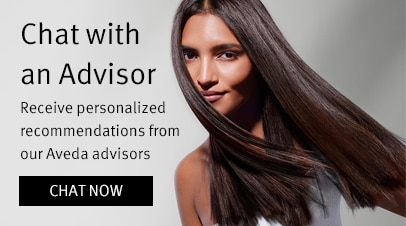Ever wonder what goes on in your colorist’s mind when you sit in their chair?
We went straight to the source, Aveda’s Global Artistic Director, Hair Color, Ian Michael Black, for the scoop on how the pros assess your hue, what’s freshest for fall, and how to ensure your shade flatters your face.
“When imagining the best color for a person, I always look carefully at their features,”
says Black. In fact, he has developed a technique called “Eclipting™”
that can be compared to facial contouring, but for the hair. “There’s been a lot of talk of contouring for faces. It’s all aimed at bringing out the best in somebody. In the past, we’ve always talked about what tones or color palette will flatter someone. But this technique is more like framing, and if you think about a photo, whenever you stick it in a frame, it pops more,”
says Black. “With the Eclipting™ service, I’m using Aveda hair color to create subtle shading placed under a fringe, or around the hairline if there are no bangs, to gently frame the face and bring out what’s beautiful about the individual.”










